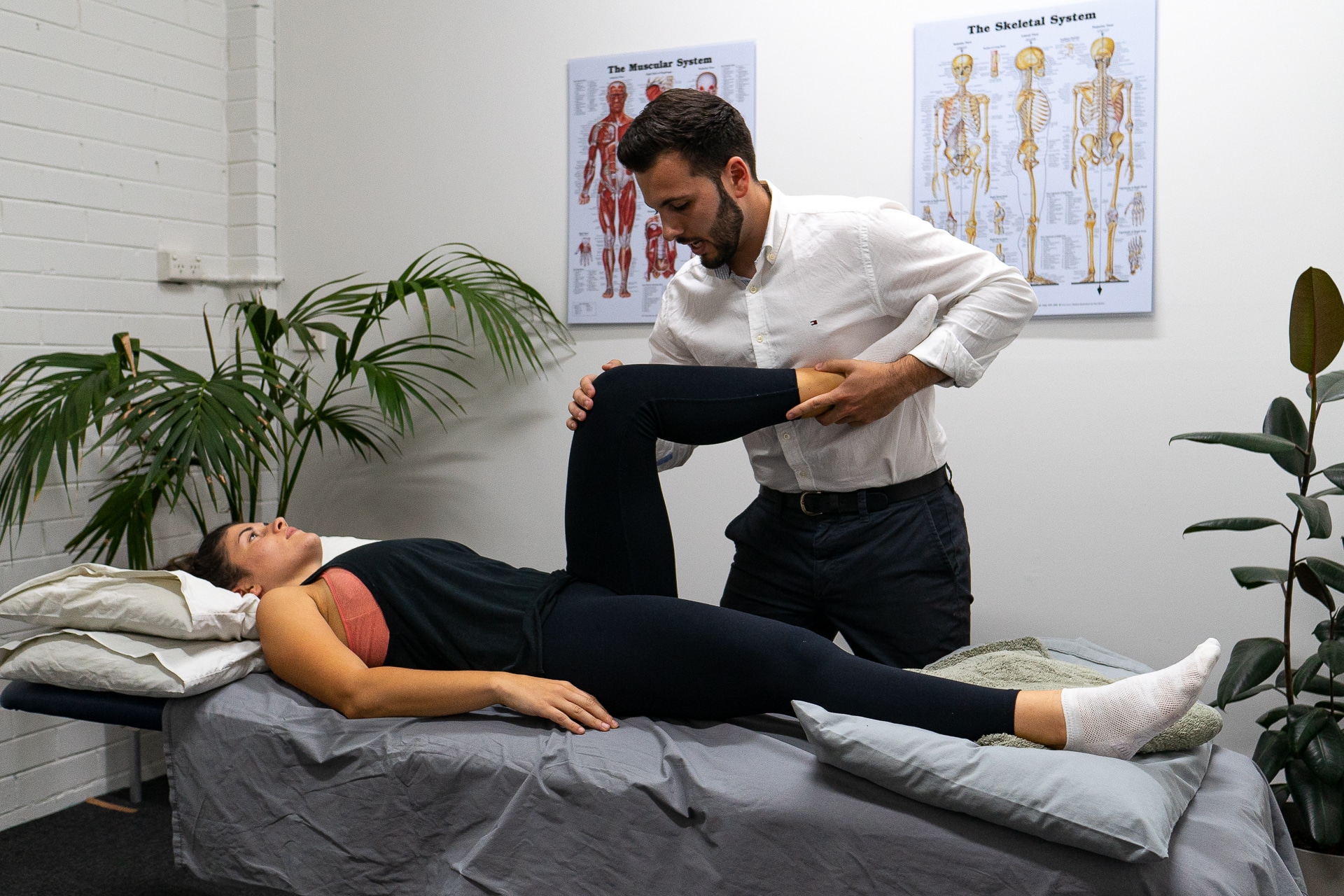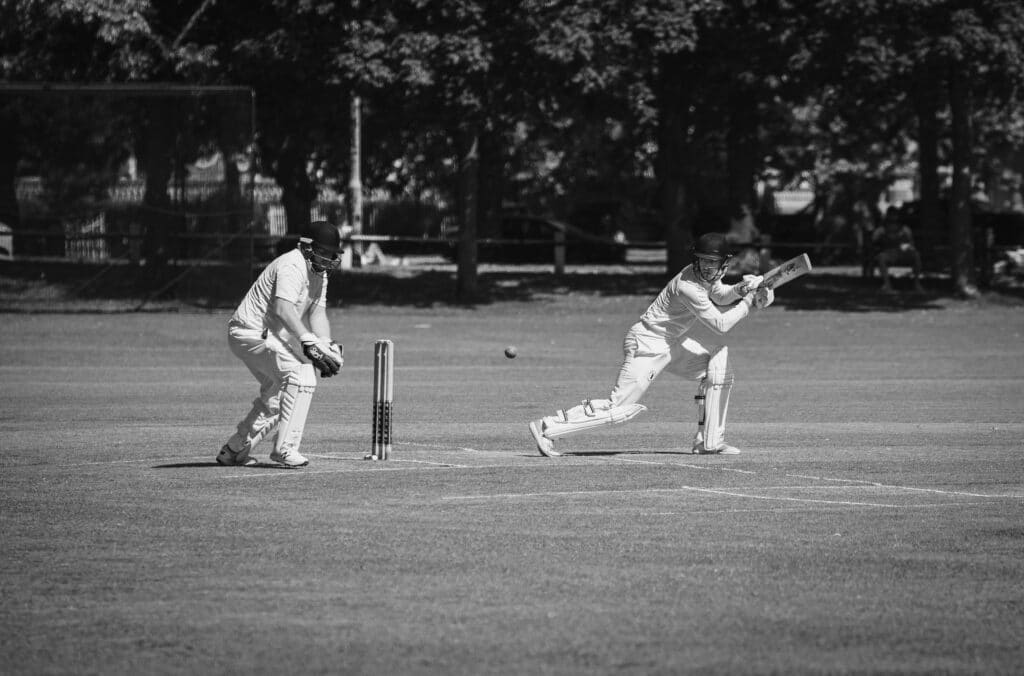Injury screening for AFL
What we’ll cover
- Key Insights
- Understanding AFL injuries
- Why are AFL players prone to injury?
- Most common AFL injuries
- The role of physiotherapy in AFL injury management
- What is an injury screen?
- Injury screenings for AFL
- FAQs
- What is the main goal of an AFL injury screening?
- How often should AFL players undergo injury screenings?
- Can injury screening help if I’ve never had an injury?
- Is injury screening only for elite or professional AFL players?
Injury screening for AFL
Our physiotherapists Michael and Fraser recently completed injury screenings for De La Salle Old Collegians Amateur Football Club as part of their preseason. Injury screening completed by a physiotherapist is a useful tool to assist with preseason and injury prevention. Whilst many people attend physiotherapy after they have sustained an injury, identifying elements that may lead to increased injury and completing “prehab” has been shown to reduce the likelihood injury actually occurring in the first place. Screenings are beneficial regardless of age from those involved in junior sport all the way through to elite sport. In fact, our team regularly perform injury screenings for people who are just starting out with exercise or have taken a break from exercise. This screening allows your physiotherapist to develop a tailored and safe exercise program.
Key Insights
- Injury screenings help prevent common AFL injuries like hamstring strains, ACL tears, and concussions before the season starts.
- Physiotherapists create tailored exercise programs based on flexibility, strength, and functional movement assessments.
- Preseason is the ideal time for injury screening to lower the risk of serious musculoskeletal injuries.
- AFL-specific protocols are followed, including concussion baseline testing and strength testing with Ax-IT technology.
Understanding AFL injuries
Australian Rules Football (AFL) is one of the most physically demanding sports in the world. With its combination of sprinting, tackling, leaping, and rapid directional changes, the risk of injury is significantly higher than in many other team sports. It is essential for players, coaches, and physiotherapy professionals to understand AFL injuries, as well as their causes, types, and recovery paths.
Why are AFL players prone to injury?
The unique nature of AFL means that players are exposed to a broad range of injury risks:
- High-impact collisions with other players during tackles.
- Sudden stops, starts, and twists that strain muscles and joints.
- Repetitive running and kicking can cause overuse injuries.
- Physical fatigue towards the end of games leads to a greater risk of mistakes and accidents.
AFL players often push their bodies to the limit, and without proper recovery and injury prevention strategies, even minor issues can escalate into serious injuries.
Most common AFL injuries
| Injury Type | Description | Common Causes |
| Hamstring Strain | Tear or stretch in the hamstring muscles | Sprinting, sudden acceleration |
| ACL Tear | Rupture of the anterior cruciate ligament | Sharp pivoting or landing awkwardly |
| Ankle Sprain | Ligament damage around the ankle joint | Twisting during a fall or tackle |
| Concussion | Brain injury due to a heavy collision | Head clashes or falls |
| Groin Strain | Injury to the adductor muscles | Rapid side-to-side movements |
| Shoulder Dislocation | The upper arm bone pops out of the shoulder socket | Heavy tackling or falling |
The role of physiotherapy in AFL injury management
Physiotherapy is crucial not only for rehabilitation but also for injury prevention in AFL. A skilled sports physiotherapist can:
- Diagnose the type and extent of injury through clinical assessment.
- Develop personalized rehab programs focusing on mobility, strength, and stability.
- Use hands-on treatments like manual therapy, dry needling, and soft tissue massage.
- Implement injury prevention exercises, such as proprioception drills and strength conditioning.
- Guide safe return-to-play protocols, ensuring players don’t rush back prematurely.
Regular physiotherapy check-ins can detect early warning signs of overuse or biomechanical issues, significantly reducing injury risks during the AFL season.
What is an injury screen?
An injury screen involves getting information about your injury history and conducting some simple tests to identify any risk factors that may predispose you to injury. Depending on the nature of the sport and it’s common injuries, specific screening protocols can be completed. The aim from a screen is to identify any factors that may increase the likelihood of a musculoskeletal injury.
The best time to complete an injury screen is in preseason. A typical injury screening includes assessing strength, joint range of motion, muscle flexibility and functional movement patterns specific to the sport.
Injury screenings for AFL
Given the nature of AFL, common injuries include soft tissue injuries and knee and ankle injuries. As part of our injury screening program, our physiotherapists have developed a specific AFL injury screen inline with current AFL and Sports Medicine Australia protocols.
Our AFL injury-screen includes the following:
- Flexibility including hamstring length and ankle flexibility.
- Strength assessment using our Ax-IT technology examining shoulder strength and hamstring strength.
- Functional assessments including changing of direction, jumping and agility exercises.
- Concussion and baseline screening.
- Injury history.
To learn more about how injury screening can help you, contact our team or book online.
FAQs
What is the main goal of an AFL injury screening?
The primary goal is to identify physical weaknesses or movement patterns that increase injury risk, allowing early intervention before issues develop.
How often should AFL players undergo injury screenings?
Ideally, players should complete screenings before preseason and reassess mid-season if they’ve had previous injuries or increased workloads.
Can injury screening help if I’ve never had an injury?
Yes! Injury screening is just as important for healthy players to maintain peak performance and spot potential issues early.
Is injury screening only for elite or professional AFL players?
No, injury screening benefits players of all levels, from juniors starting out to amateur, semi-professional, and professional athletes.



